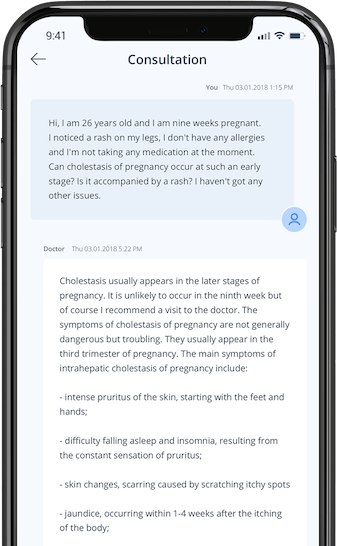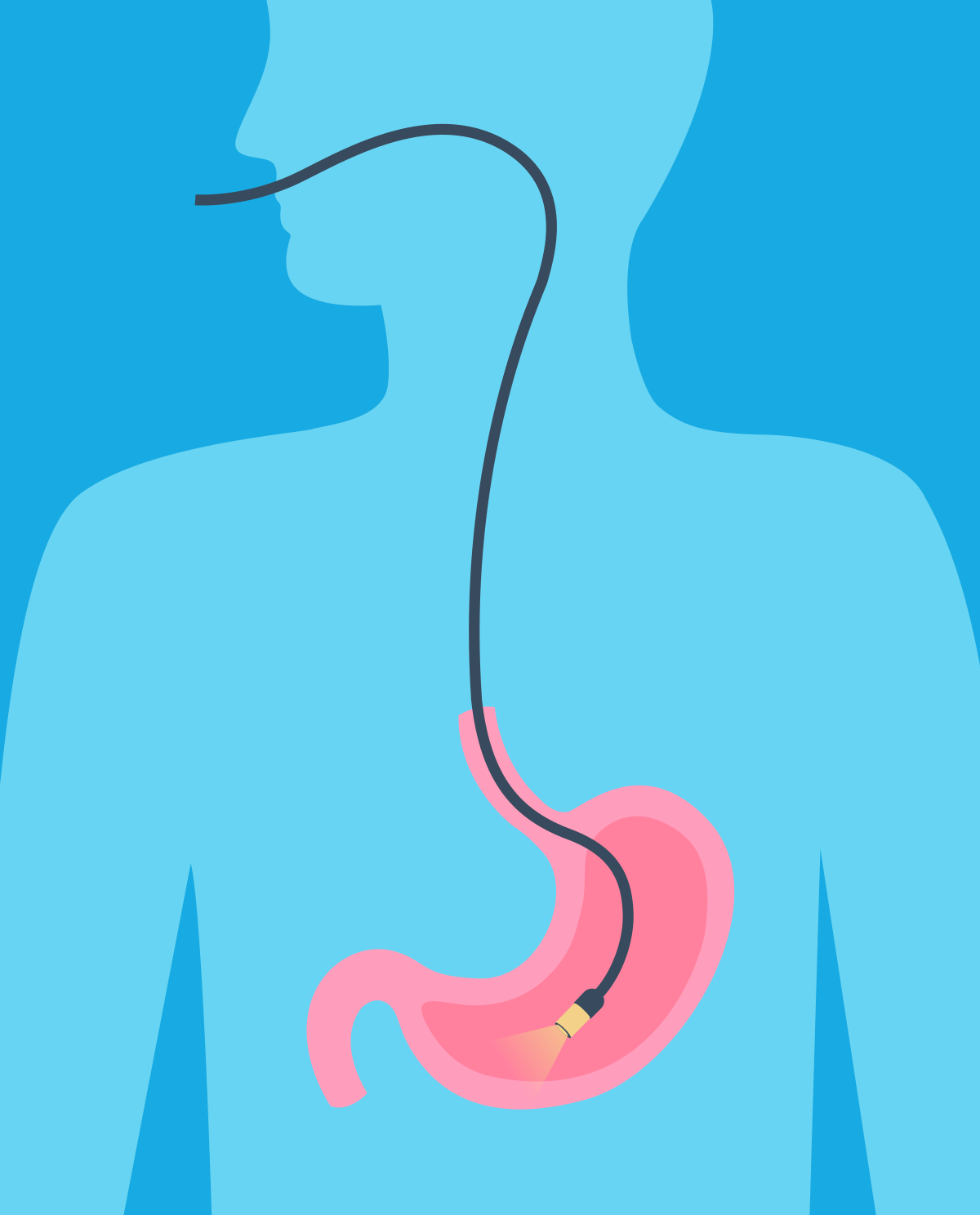Today, a diagnosis of breast cancer no longer paints a bleak picture or means that treatment is impossible. Advances in medicine, early screening, and awareness have transformed outcomes for countless women.
How Can You Detect It?
Breast self-examination (BSE) involves checking your breasts—by sight and by touch—for any changes, such as a new lump.
Performing regular BSEs helps you become familiar with how your breasts normally look and feel, making it easier to spot any unusual changes.
It’s best to do this once a month, ideally a few days after your period ends, when the breasts are least likely to be swollen or tender. If you do not menstruate, choose a consistent day each month to perform the exam.
-
Perform a breast self-exam once per month, ideally 7–10 days after menstruation begins. If you do not menstruate, choose a consistent day each month.

-
Inspect both breasts visually with arms raised, then with hands placed on the hips, and finally with arms relaxed at your sides.

-
Look for external changes, including palpable masses, swelling, skin irritation, redness, rashes, or alterations in nipple symmetry or position.
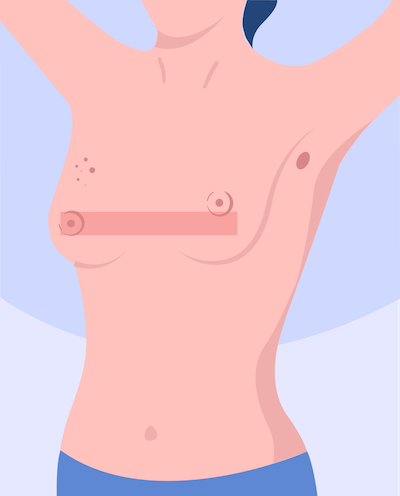
-
Gently compress each nipple to assess for discomfort or any form of discharge.

-
Palpate the axillary region (armpit) using the pads of three to four fingers while the opposite arm is elevated.

-
Palpate the breast from the outer edge toward the nipple, examining small sections systematically.
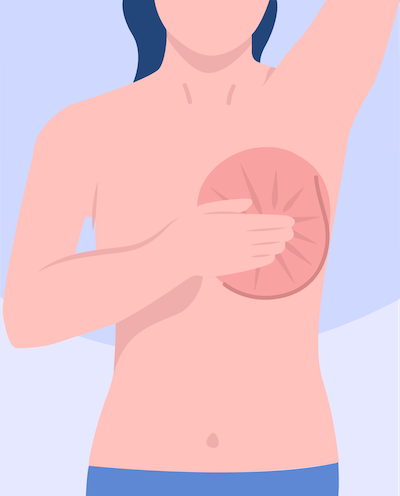
-
Use vertical and circular motions, moving from the outer breast inward, ensuring all quadrants are evaluated.
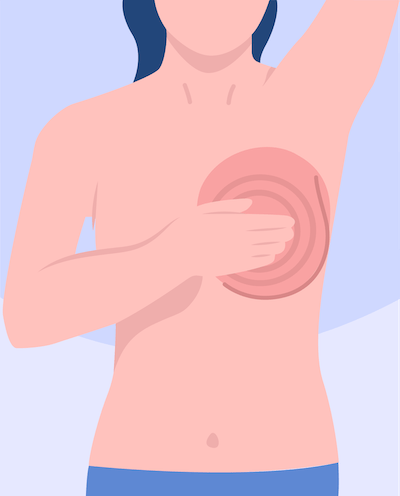
-
Repeat the same palpation while lying supine, optionally placing a pillow under the shoulder to optimize breast tissue spread.

Seek medical evaluation if you notice any abnormalities or have concerns. Follow recommended screening protocols, such as annual mammography after age 40 unless advised otherwise.
When to See a Doctor
Consult your doctor if you notice any of the following:
- A new lump or area of thickening
- Changes in size, shape, or appearance of the breast
- Nipple discharge (especially if bloody or unusual)
- Persistent pain in one specific area
- Skin dimpling, redness, or any other skin changes
Important Notes
- Most breast lumps are not cancerous — they may be cysts or benign tissue changes.
- BSE should not replace regular screening methods, such as mammograms, especially if you are over 40 or have known risk factors.
- Knowing your family history of breast cancer is also essential in assessing your risk.
Breast imaging — such as mammography, which uses low-dose X-rays to examine the breast — remains the gold standard for early detection. Mammograms can identify tumors before they are large enough to be felt.
Health organizations generally recommend that women begin routine screenings at age 40, or earlier if there is a family history of breast cancer.
In addition to mammograms, self-examinations and awareness of any physical changes—such as lumps, nipple discharge, or skin dimpling—are vital. Clinical breast exams performed by healthcare providers also play a key role in comprehensive screening.
Education, awareness campaigns, and accessible healthcare services empower individuals to take proactive steps toward prevention. Early detection not only saves lives but also leads to less aggressive treatments and significantly better outcomes.





